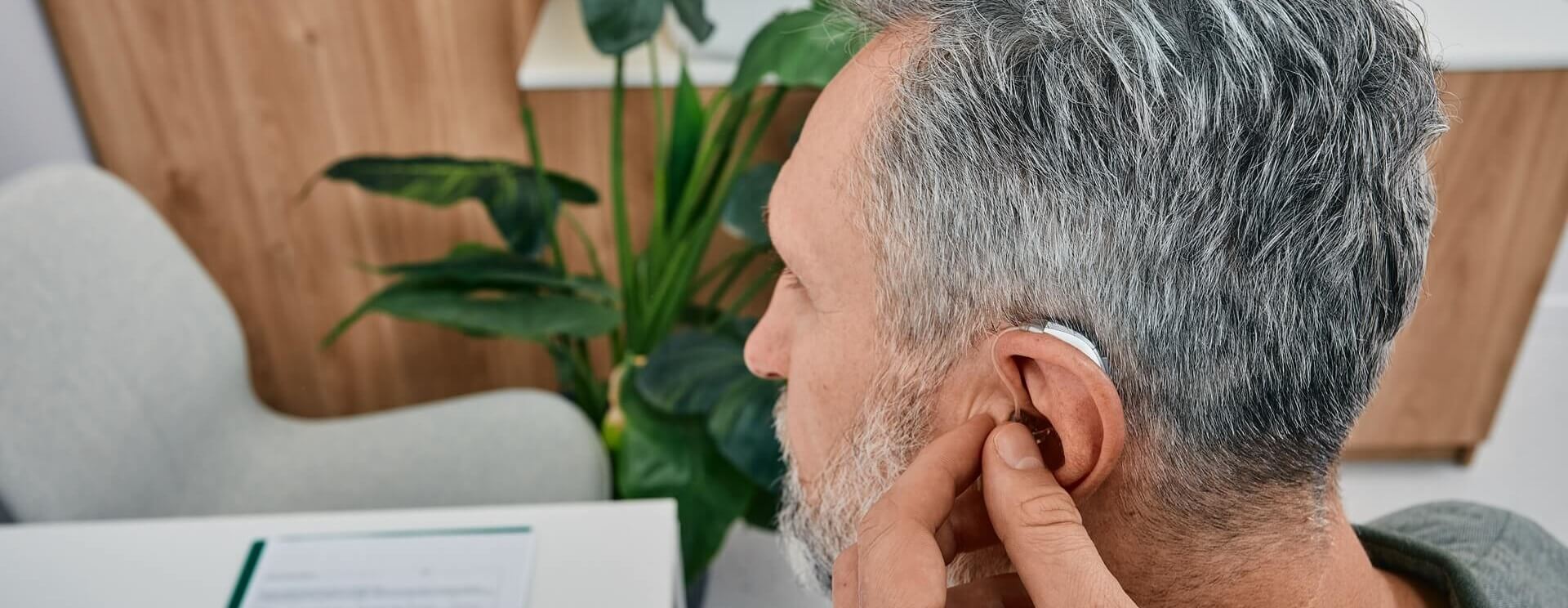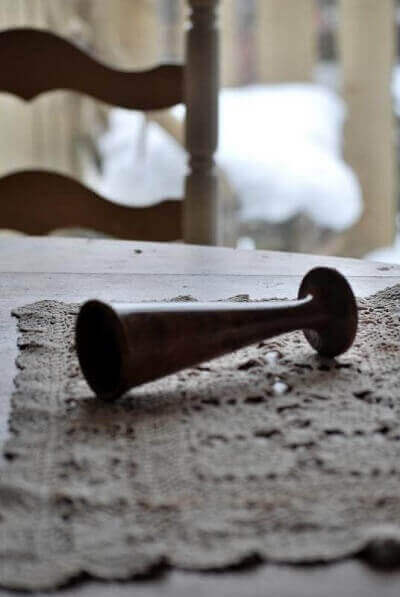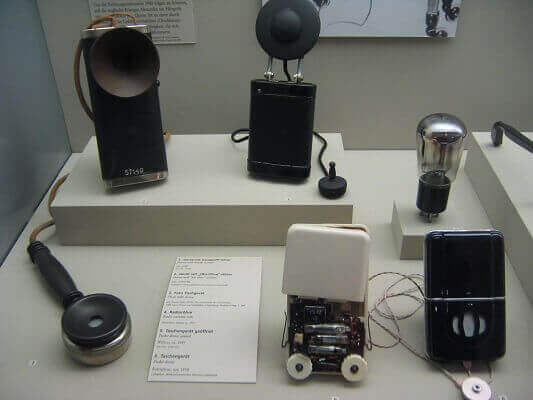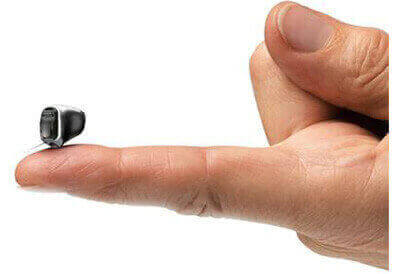The history of hearing aids: Innovations over time

The history of hearing aids: Innovations over time
4 minutes
Published 9 June 2021
Last Reviewed: 11 February 2025
When you think of hearing aids, what goes through your mind? Big, bulky monstrosities that look simply ghastly? Well, you're not alone. In fact, recent research shows almost 40 percent of Brits feel that hearing aids have an image problem, with 65 percent going on to say advances in technology would make them more likely to wear one if required.
The fact is, hearing aids have been getting sleeker and more stylish for quite some time now; users are often given compact, quiet devices adjusted to their individual needs and preferences. Of course, it wasn’t always so. Hearing aid history is one of much trial and error, as well as the perfect example of how to improve on past mistakes.
Boots Hearingcare takes a look at some of the major milestones in the history of hearing aids and how today’s technology has helped make the lives of those who need them a lot easier.
13th century – animal horns
Hearing loss has been around since human beings first appeared, and it’s understandable that these early folks would’ve tried different means of combating the condition. However, with so much ancient culture lost to us, such seminal methods are almost completely unknown.
The earliest records of hearing aid usage we have date back to the 13th century. Medieval people fashioned primitive hearing devices from animal horn, research suggests. Cows and rams kept as livestock were the most likely source of this raw material.

18th century – ear trumpet
Invented in 1634, the ear trumpet was the first real step towards developing hearing aid technology. Still, its usage didn’t become widespread until over a century and a half later!
Distinctively funnel-shaped in design, the ear trumpet wasn’t actually able to amplify sound; instead, it worked by collecting natural background noises and “funnelling” them through a narrow tube directly into the ear, thereby creating a rudimentary hearing solution.
Cumbersome and somewhat cartoonish, ear trumpets – along with their successor, the speaking tube – weren’t really successful in managing hearing loss problems among the masses. Only in the 19th century with a move to electronics did better options start presenting themselves.

19th century – the move to electronics
A turning point in the history of hearing aids was the invention of the telephone in 1876, by Alexander Graham Bell. Now, people could hear each other via a receiver without being physically present – sometimes better than they did through face-to-face conversations.
This advancement prompted Thomas Edison, who experienced hearing loss himself, to improve upon Bell’s original creation and produce a carbon transmitter that not only boosted electrical signal, but also increased the number of decibels.
Edison’s carbon technology swiftly went on to be a key player in hearing aid development. And while limited frequency range and issues with scratchy sound were irritating, carbon hearing aids kept being everyone’s number one choice until the 20th century was well underway.

20th century - a time for innovation
Commercially manufactured hearing aids first came to market somewhere around 1913, and throughout the entire 20th century, more and more device innovations ensued, meaning that by the new millennium, almost everyone was able to get the hearing help they needed.
Some major breakthroughs in hearing aid history that occurred during this time include:
• Vacuum tubes (1921-52) – which controlled electricity flow better than carbon
• Transistor technology (1950ish) – enabling hearing aids to be made as lighter, more compact equipment that could finally be worn discreetly, to a certain degree; either wholly inside or behind the ear
• The shift from analogue to digital devices (beginning in the early 1980s)
As our understanding of technology grew, so hearing aids got makeover after makeover. This helped ensure they were always fit for purpose and that there was minimal self-consciousness around wearing them. With the invention of high-speed computing in the 1980s, it seemed that each new year brought a fresh hearing aid wonder; for instance, rechargeable batteries. All-digital hearing aids took centre stage in the ’90s, and by 2005, these devices accounted for approximately 90% of hearing aids on offer in the UK.

21st century – hearing in the digital age
Today, hearing loss sufferers don’t have to endure any indignity or discomfort as a result of their condition, not when there are so many choices available. Fine-tuned and customised to an individual’s specific hearing requirements, it’s also not unusual for 21st century hearing aids to accommodate different listening conditions and boast compatibility with other household devices.

Computers, smart TVs and even the latest phones typically incorporate some form of wireless hearing aid connection system - telecoils, Bluetooth, FM connectivity, etc. – which allow public network access as well.
And as if that weren’t enough, the most up-to-date hearing aid technology on the market is a world first, featuring hands-free calls and the ability to stream audio content directly without an external receiver.
Hearing aids have come a long way in recent years, so you shouldn’t worry about having to use any weird and wonderful contraptions. Visit an audiologist or your doctor to find out if a modern, state-of-the-art hearing aid device is right for you.
Think you might benefit from a hearing aid? Book your hearing test appointment with Boots Hearingcare today.
Author
Boots Hearingcare
Boots Hearingcare



